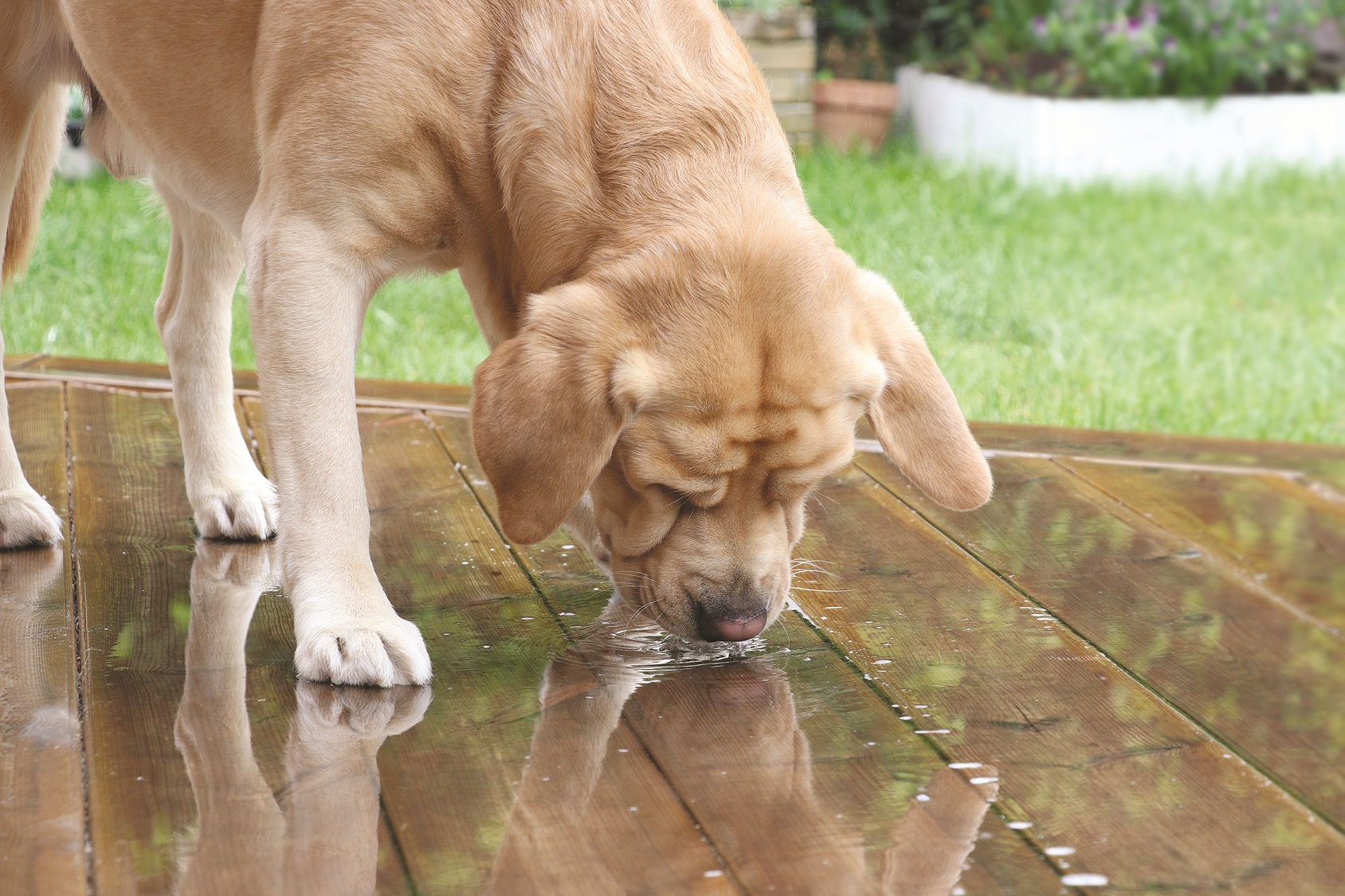Science & Technology: My Pet Water Quality Test Kit
Glenn Polyn //January 1, 2022//
Pet Age recently spoke with Chris Myers, Safe Home senior scientist and My Pet Water Quality Test Kit inventor, to learn more about the importance of testing the drinking water of companion animals and domestic livestock.
Why should retailers or veterinarians want to carry My Pet Water Quality Test Kits for their customers?
The numbers regarding contaminated water supplies in the USA, along with true customer experiences with their pets and livestock, do well to answer this question. Customers have been asking us to test water supplies used by their domestic animals, for decades. The volume of requests to test, is what spawned the My Pet series of water test kits. In our years of R&D for these kits, we asked one very important question of consumers, “If you could test your water and take corrective action to help your pet live a longer life or to have greater/more quality yields with your livestock or have better performances with your competition animals… would you, do it?” The answer was a unanimous, “Yes.”
Reported by USA-Today, 60 million homes, farms and ranches in the U.S.A. have contaminated water supplies. Reported by the National Library of Medicine, 19 million people in the U.S.A. reported a water related illness in one 12-month period. If we are getting sick from what we believe to be “safe” water supplies, then how many domestic animals (pets, livestock and performance animals) are getting sick from drinking and bathing-in contaminated surface waters and ground waters? Some of these animals are experiencing significant side-effects from drinking contaminated water (see images & captions). It’s up to us as their caretakers, to watch out for them. My Pet seeks dedicated partners to help us send the message with our test kits… Don’t Guess…Test! Test before anything bad happens (preventative testing) or test when water is suspected to be contaminated and you wish to take corrective action (investigative testing).
What is the difference between a DIY test kit and an In-Lab test kit?
My Pet Water Quality Test Kits are designed to test any freshwater supply, including city water (chemically treated), well water (chemically untreated), bottled water, in-home RO water, rain water, springs, ponds, rivers, lakes, streams and more. (NOTE: This series of My Pet Water Quality Test Kits are not designed to test aquariums and fishponds, nor saltwater environments). However, in the Spring of 2022, My Pet will offer an additional series of test kits that are specifically designed to test aquariums and fishponds (freshwater and saltwater environments). My Pet Water Test Kits offer two platforms of testing:
Do-It-Yourself Testing:
- My Pet DELUXE Water Quality Test Kit (tests for 20 different parameters)
In-Lab Testing:
- My Pet CHAMPION Water Quality Test Kit (tests for 55 different parameters)
- My Pet GRAND CHAMPION Water Quality Test Kit (tests for 200 different parameters)
Do-It-Yourself test kits are designed for pet-owners to screen their pet’s water with color-indicating test strips & vials, in the comfort of their own home.
Strengths:
- Fast results
- Test at home or traveling abroad
- Inexpensive
Weaknesses:
- Provides approximate range of test values
- Background interferences can cause inconclusive results.
- A limited number of parameters available for testing.
In-Lab test kits are designed for pet-owners to fill the provided vials with water used by their pets and ship the water to our laboratory for testing. After testing, a lab report is available for viewing, on any electronic device.
Strengths:
- Testing performed at EPA-certified laboratory.
- Detailed accuracy with exact concentrations.
- Large numbers and types of parameters available for testing.
Weaknesses:
- More expensive than DIY
- It takes days to complete testing.
- Logistics to ship water sample to lab
What water contaminants are dangerous to pets and why?
There are thousands of contaminants that can do harm to domestic animals, so we cannot list them all. However, following is a breakdown by parameter type and the harm each can cause.
Once pet owners have their My Pet Water Quality test results, what do they do next?
Now that you have your test results, you have knowledge. Here are your next steps:
- If you started with a DIY test kit and some of your tests are causing concern, you may wish to do more in-depth (investigative) testing with an In-Lab test kit.
- Take the information you have to your local veterinarian and discuss your test results.
- If your veterinarian does not believe any of the parameters tested are at levels to do harm to your pets or livestock, no corrective action is necessary.
- If your veterinarian does believe you have parameters at contamination levels, and they may be doing harm to your pets or livestock, you should consider the following, as corrective action:
- Discontinue use and begin using another water source that is known to not be contaminated or…
- If known, eliminate the source of the contaminant.
- Establish a water treatment system in your home or farm/ranch buildings that can reduce or eliminate the contaminants of concern.



















